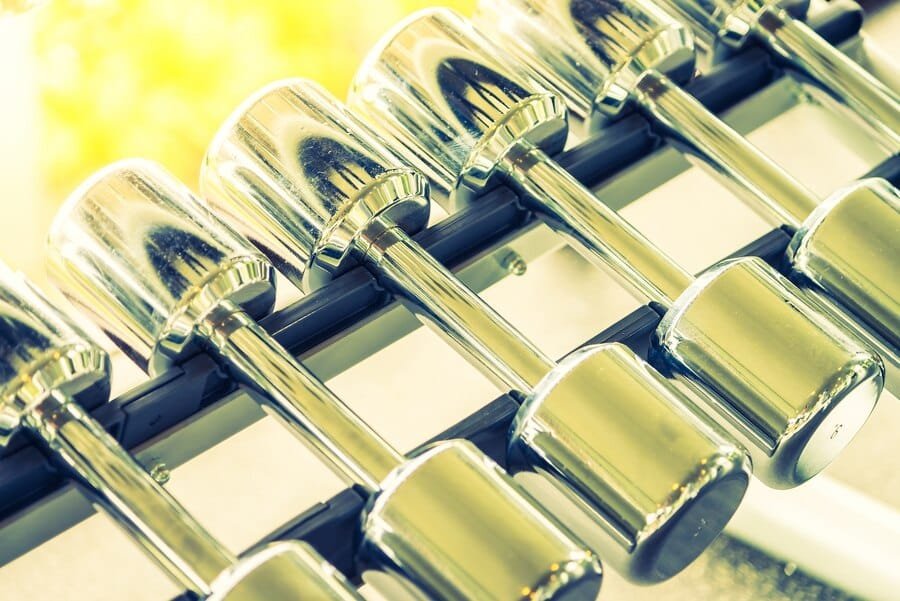When concerning the world of manufacturing, the efficiency and reliability of equipment are crucial for optimal production. Among the essential components in fluid control systems, 5-way valve manifolds play a pivotal role in directing fluid flow to various pathways. Ensuring their smooth operation requires a commitment to regular maintenance. Here are some essential maintenance tips to keep your 5-way valve manifolds functioning effectively, particularly in the context of the Texas manufacturing landscape.
Understanding 5-Way Valve Manifolds
5-way valve manifolds are designed to manage fluid flow between multiple ports, allowing for versatile control in complex systems. These manifolds are commonly utilized in various applications, including hydraulic and pneumatic systems. However, like any mechanical component, they require regular upkeep to prevent malfunctions and ensure long-term performance.
Regular Inspection and Cleaning
One of the first steps in maintaining your 5-way valve manifold is conducting regular inspections. Look for signs of wear, corrosion, or leaks. Pay special attention to the valve seals and connections, as these are common points for fluid loss. Cleaning the manifold regularly can help prevent debris accumulation that could obstruct flow. Using appropriate cleaning agents, ensure the exterior and interior components are free from contaminants.
Lubrication
Lubrication is a critical aspect of maintaining any valve system. The moving parts within a 5-way valve manifold, such as the actuators and seals, need to be well-lubricated to minimize friction and wear. Use high-quality lubricants recommended by your valve supplier in Texas to ensure optimal performance and longevity.
Valve Seat and Disc Maintenance
Over time, the valve seat and disc can develop wear and roughness, which may lead to leaks and improper sealing. Regularly inspect these components and, if necessary, employ valve lapping techniques to smooth out the surfaces. This process enhances sealing capabilities and ensures the valve closes effectively, thus maintaining the system’s integrity.
Tightening Connections
The connection points between the manifold and piping system must be secure to prevent leaks. Periodically check and tighten bolts and nuts according to the manufacturer’s recommended torque specifications. A secure connection is vital to maintain the overall system pressure and functionality.
Pressure Relief and Troubleshooting
If you notice any irregularities, such as fluid leakage or unexpected pressure changes, it’s crucial to troubleshoot the issue immediately. Common problems may include loose seals, incorrect fluid pressure, or debris obstructing valve operation. Address these issues promptly to prevent further damage to the manifold and surrounding equipment.
Stay Informed and Updated
Regular training and updates on maintenance practices are essential for anyone working with 5-way valve manifolds. Consider enrolling in specialized training or workshops offered by reputable valve suppliers in Texas. This continuous education will help you stay informed about the latest techniques and technologies in valve maintenance.
Conclusion
Proper maintenance of 5-way valve manifolds is essential for ensuring the reliability and efficiency of manufacturing processes. By following these essential tips—regular inspections, lubrication, valve seat maintenance, securing connections, and proactive troubleshooting—you can extend the lifespan of your equipment and maintain optimal performance. As the demand for efficient manufacturing solutions grows, investing in regular maintenance of your valve systems will pay off in reduced downtime and improved operational effectiveness. Whether you’re sourcing flow valves in Texas or seeking a reputable valve supplier like Arek Solutions, prioritizing maintenance will lead to a more efficient and productive manufacturing environment. We, at Arek Solutions, are a trusted provider of high-quality 5-way valve manifolds widely used in measuring differential pressure transmitter applications in Texas. Our manifolds, designed with two block valves, one equalizer valve, and two additional valves for testing, enable seamless blocking, equalizing, venting, and calibration of transmitters without removal from the module. We thoroughly ensure that our customers receive innovative and effective solutions tailored to their needs. For more information, visit our official website today.


